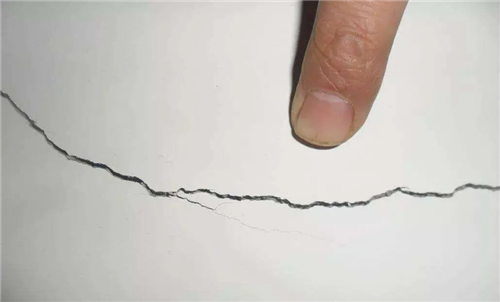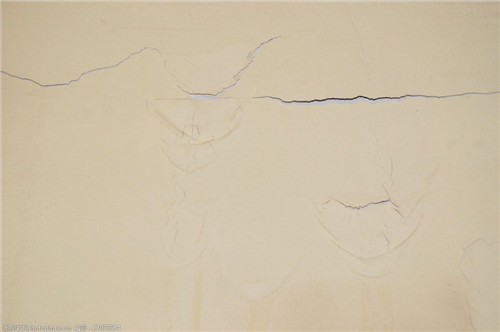Paint cracking is a common issue, especially in construction and home renovations. This situation not only affects aesthetics but can also lead to damage to walls and furniture. So, what causes paint cracking?
1. Humidity and Temperature Changes
Changes in humidity and temperature are one of the main factors that lead to paint cracking. When humidity is high, the drying time of the paint is extended. If there is a change in humidity before the paint dries, it may shrink and cause cracking. Similarly, abrupt temperature changes can have a similar effect on paint. For example, during summer, direct exposure to intense sunlight can heat the paint too quickly and lead to cracking. Therefore, to avoid this situation, we should carry out painting work in dry weather and try to avoid construction during high humidity seasons.

2. Improper Surface Preparation
Improper surface preparation is also a common cause of paint cracking. Before applying paint, it needs to be on a smooth and dry surface. If the surface contains impurities, grease, or moisture, it will be difficult for the paint to adhere, making it prone to cracking. Therefore, before conducting painting work, we should ensure that the surface is dry, clean, and smooth. This can improve the paint's adhesion and reduce the risk of cracking.

3. Poor Paint Quality
The quality of the paint is also a key factor in causing cracking. Low-quality paint usually contains fewer adhesive substances, meaning it is more likely to crack after drying. Additionally, the quality of the paint itself may be affected by contamination from bacteria or other harmful substances, which can lead to uneven drying and ultimately cause cracking. To avoid this, we should purchase high-quality paint and check for any abnormalities before application.

4. Improper Application Techniques
Improper application techniques can also lead to paint cracking. For example, applying paint over a thick layer can easily result in cracking. This is because thick layers dry slowly and are prone to shrinkage. Therefore, we should adhere to the manufacturer’s recommendations and apply the paint according to the suggested thin layer thickness. Additionally, the brushing direction during the application is an important consideration. If we brush in different directions excessively, it can also lead to paint shrinkage and cracking. Thus, we should try to maintain a consistent brushing direction during application to prevent cracking.

In summary, the causes of paint cracking have been discussed here. Paint cracking can be a frustrating problem; however, by understanding the main causes of this issue and taking appropriate preventive measures, we can avoid paint cracking. Changes in humidity and temperature, improper surface preparation, poor paint quality, and improper application techniques are the main factors that lead to paint cracking.



